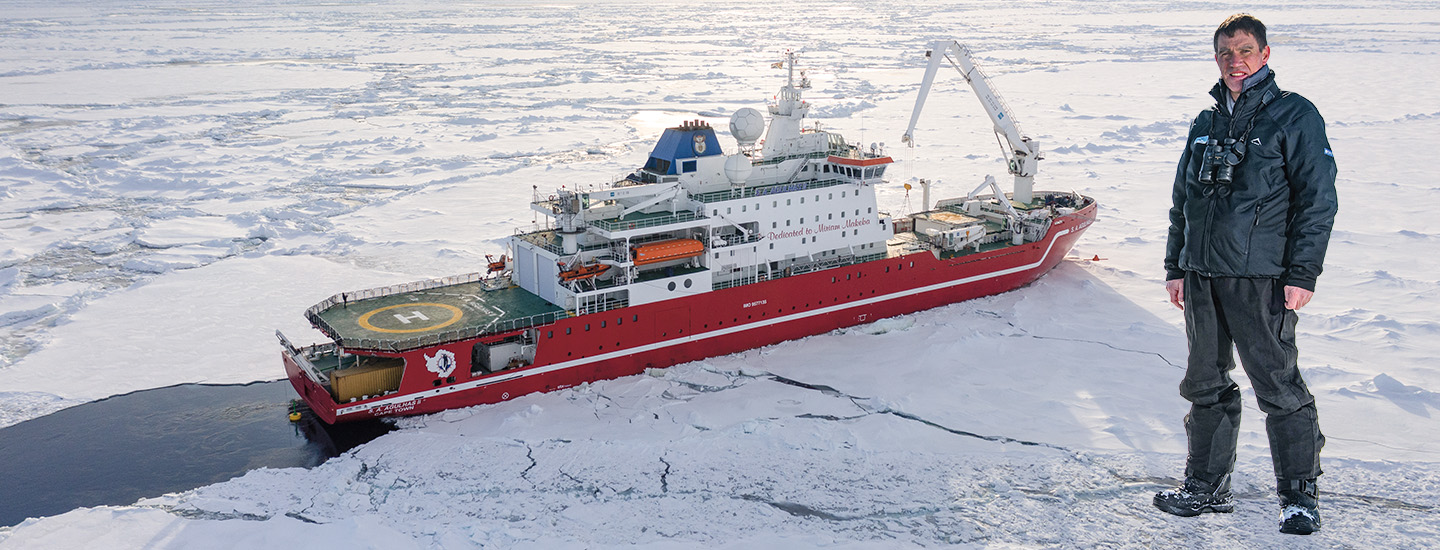George Rinhart/Corbis via Getty Images
The expedition crew planned to explore Antarctica using teams of dogs to pull their sleds.
Though it’s late summer in the Southern Hemisphere, John Shears is surrounded by a frozen landscape. He’s walking across the sea ice floating on the Weddell Sea off the coast of Antarctica, trying to stay warm as he watches a group of Adélie penguins swimming near a huge iceberg.
It’s March 5, 2022. For the past 18 days, Shears and his team have been searching for a lost piece of polar history far beneath the surface. “I remember thinking, ‘Today’s going to be a good day,’” Shears says.
Shears is the leader of the Endurance22 expedition. The team has been using undersea drones to scour the seafloor for the wreck of a lost ship called the Endurance, which was crushed by sea ice and sank in 1915. Against all odds, the entire crew of the Endurance made it home alive.
For more than 100 years, the ship’s exact location remained a mystery. The region’s freezing temperatures and harsh conditions are treacherous even for modern ships. “Some people called it an impossible search,” says Shears.
It’s late summer in the Southern Hemisphere. But John Shears is surrounded by a frozen landscape. He’s walking across sea ice floating off the coast of Antarctica. He’s watching a group of penguins swimming and trying to keep himself warm.
It’s March 5, 2022. Shears and his team have been in Antarctica for 18 days. They’re searching for a piece of history lost beneath the ocean. “I remember thinking, ‘Today’s going to be a good day,’” says Shears.
Shears is the leader of an expedition called Endurance22. The team is using underwater robots to search the seafloor for the wreck of a lost ship. The Endurance was crushed by sea ice and sank in 1915. Amazingly, the entire crew of the Endurance survived.
For more than 100 years, the exact location of the ship was a mystery. Freezing temperatures and harsh conditions in Antarctica made it difficult to look. “Some people called it an impossible search,” says Shears.

